Toolkit: Washington County Pre-K Educator Melissa Andrews
A classroom where the youngest students can creatively and freely explore independently or with friends.
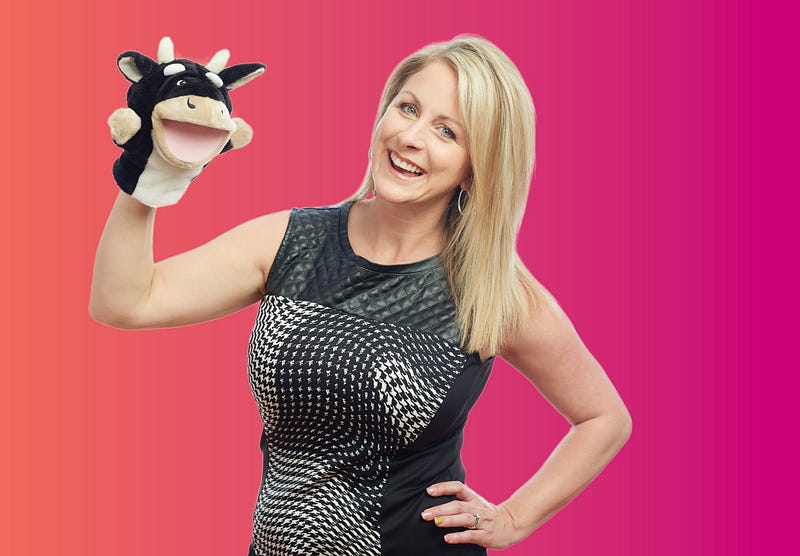
“When we add puppets into play-based learning, the child uses role-playing strategies as a way to communicate with their peers. It also allows them to practice using reflective listening as a way of seeking to understand and confirm their point of view.” — Melissa Andrews, a pre-k teacher at Old Forge Elementary School in Washington County

PUPPETS I use these friends to welcome students to a new day and to help study the calendar. Students use them to put on plays in our puppet theatre and as a book buddy they can read to in our library center.
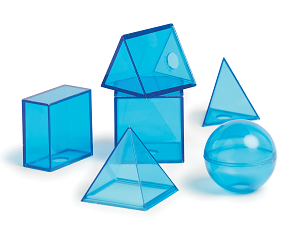
SHAPES We use these 3-D shapes in our Guess the Shape! game and in our math center for students to explore and use at their convenience.
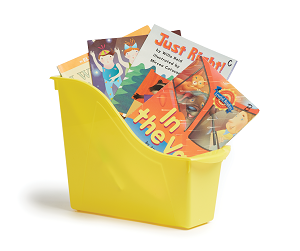
BOOKS I enjoy meeting with the children one-on-one to help them hand-select new books.
It’s another great way to introduce students to the world of literature and get books in their hands at an early age.
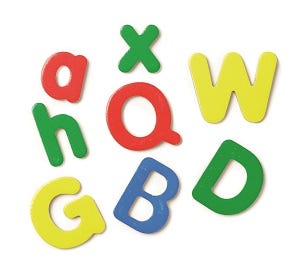
ALPHABET SHAPES The children enjoy placing the magnetic letters on a cookie sheet to practice letter recognition, review sounds, and to move around to practice spelling their names.
I also build the letters into my reading lesson as a quick way to assess who knows their letters and the sounds they make.

DICE The great part about foam dice is that they are quiet, which allows students to practice math skills without disturbing others.
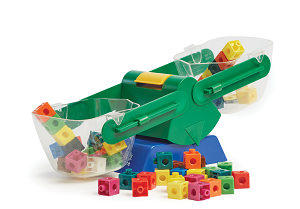
UNIFIX CUBES These are just one of the many math manipulatives we use in pre-k. Children love playing before school begins — creatively and freely exploring independently or with a friend.
SCALE We use this for math and science lessons. In math, the scale is paired with weighted numbers.

